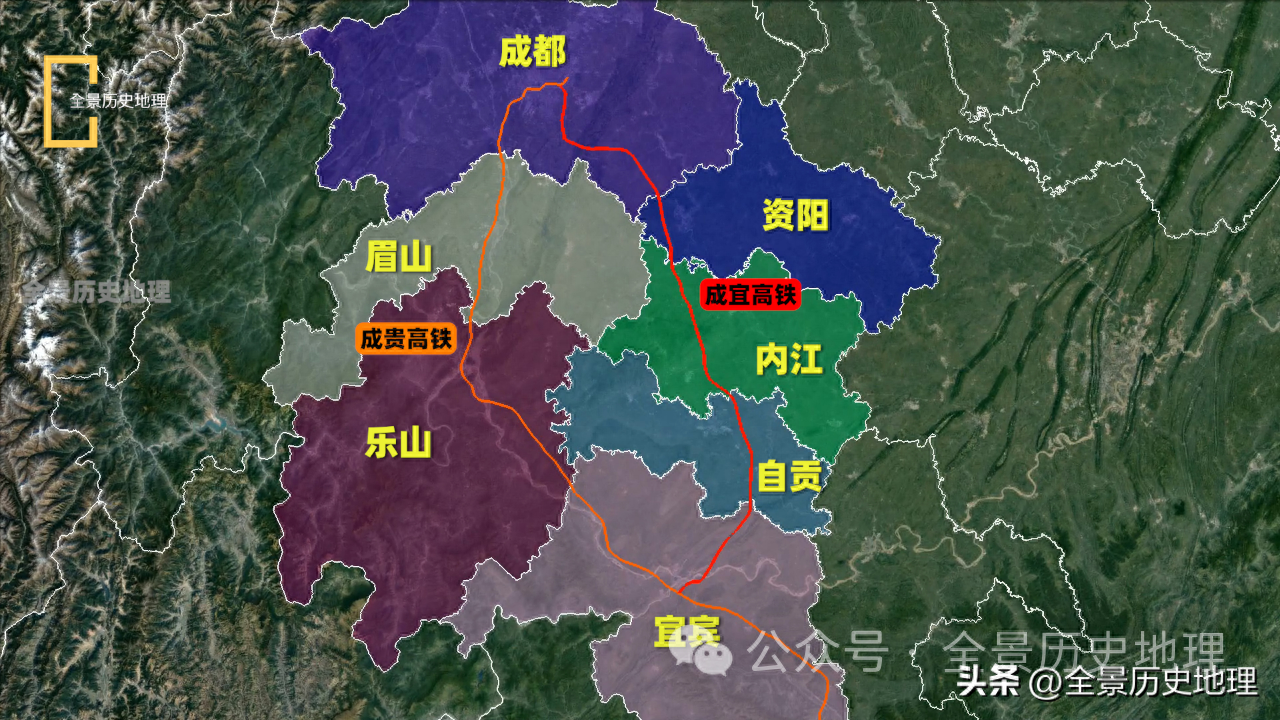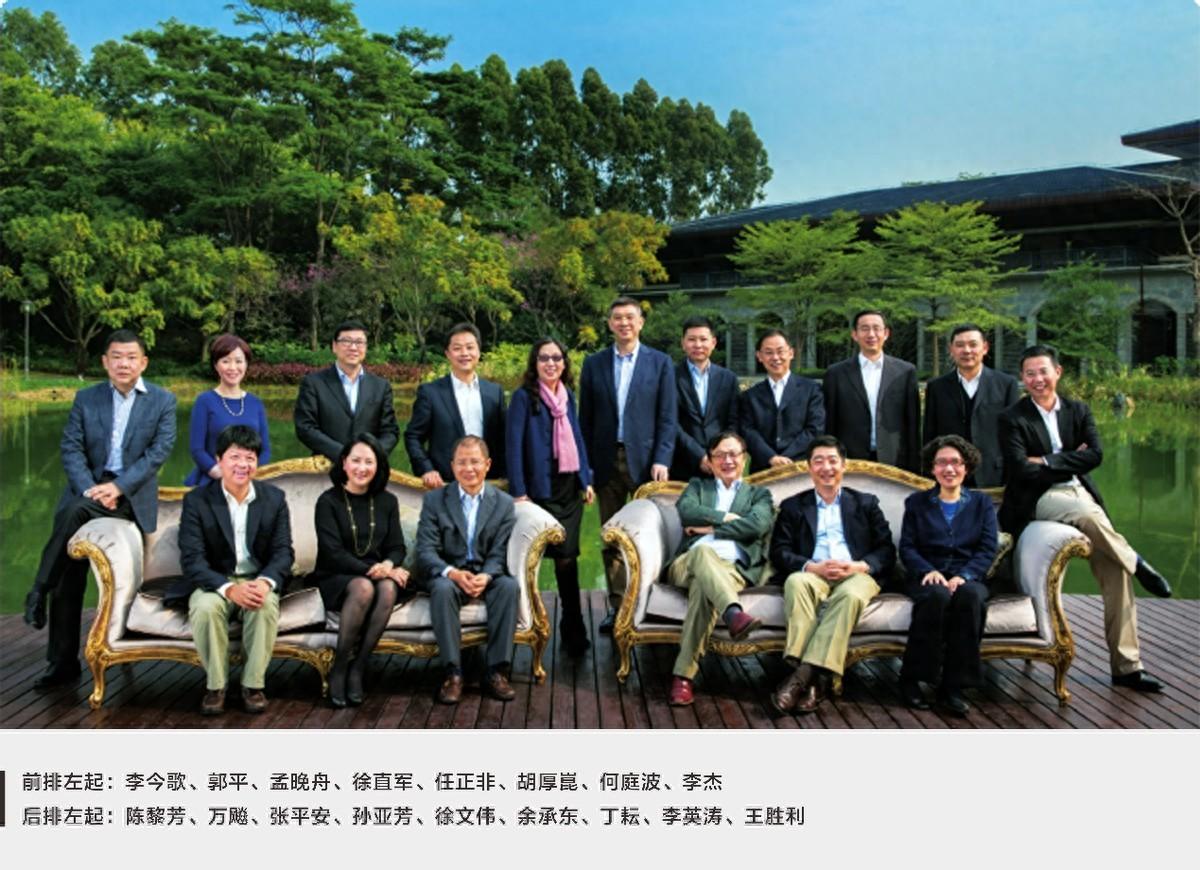Cloud viewing platform | Immersive check-in! The first international airport invested and operated by a Chinese enterprise overseas
On the morning of October 16, 2023 local time, with the first inbound passenger plane landing smoothly on the apron, Cambodia's Siem Reap Angkor International Airport (SAI) was officially put into operation.Cambodia Siem Reap Angkor International AirportSiem Reap Angkor International Airport is the first international airport implemented by a Chinese enterprise overseas in a "BOT model"

On the morning of October 16, 2023 local time, with the first inbound passenger plane landing smoothly on the apron, Cambodia's Siem Reap Angkor International Airport (SAI) was officially put into operation.

Cambodia Siem Reap Angkor International Airport
Siem Reap Angkor International Airport is the first international airport implemented by a Chinese enterprise overseas in a "BOT model". It is led by Yuntou Group, invested by Yunnan Construction Group, and constructed by Yunnan Aviation Industry Investment Group. Yunnan Aviation Industry Investment Group is fully responsible for airport operation and management. As a key project for production capacity cooperation between China and Cambodia, the opening and operation of Siem Reap Angkor International Airport will help improve Cambodia's air passenger and cargo service capabilities, and contribute to the long-term sustainable growth of Cambodia's economy.
Siem Reap Angkor International Airport is located in Daya Township, Songon County, Siem Reap Province, Cambodia, 40 kilometers away from the world-renowned World Cultural Heritage site of Angkor Wat. It is a large-scale international airport that the Cambodian government focuses on building. The airport is classified as 4E, with a designed annual passenger throughput of 7 million people. The terminal has a building area of 81800 square meters and a runway length of 3600 meters, which can meet the needs of mainstream large wide body passenger planes for takeoff and landing.
Previously, the airport conducted successful test flights for three non commercial flights simultaneously. Three airlines participated in the test flight, including China Eastern Airlines taking off from Changshui International Airport in Kunming, China, Sky Angkor Airways taking off from Phnom Penh International Airport in Cambodia, and Cambodian Airlines taking off from Sihanouk International Airport in Cambodia.

From a global perspective, Siam Reap Angkor International Airport seems to have nothing special about its size alone.
But the mission and functions carried by this airport, as well as the hardships experienced in the construction process, are worth writing about
From a distance, magnificent towers and temples stand amidst the rainforest. Up close, the relief murals on the stone walls, porch, beams and columns, and inner walls are clearly distinguishable. This is the Angkor Wat Monument located in Siem Reap Province, Cambodia.
In 1992, the United Nations Educational, Scientific and Cultural Organization listed the Angkor Wat Monument on the World Cultural Heritage List and also on the endangered World Cultural Heritage List. The protection of the Angkor Wat Monument has attracted widespread attention worldwide.
According to a report released by UNESCO, Siem Reap Airport is only about 5 kilometers away from the Angkor Wat Monument, and the aircraft's takeoff and landing route must pass over Angkor Wat. The vibration generated by its noise can damage the stability of the mainly masonry structure of Angkor Wat Monument, causing irreversible damage.

Angkor Wat. Photographed by Xu Jun
In order to protect Angkor Wat well, the Cambodian government has decided to seek foreign cooperation and relocate the construction of a new airport. "Seizing the policy opportunity of the 'the Belt and Road' and Yunnan's construction of a radiation center for South Asia and Southeast Asia, Yunnan Investment Group, together with Yunnan Construction Investment Group and Yunnan Aviation Industry Investment Group, actively promoted the preliminary demonstration of the project." Lu Wei, chairman of Angkor International Airport Investment (Cambodia) Co., Ltd., spoke about the origin of the project, and Chinese enterprises stood out in front of the practical need to protect Angkor Wat and build a new airport.
He introduced that on September 19, 2016, led by Yuntou Group, three Yunnan provincial state-owned enterprises jointly established Angkor International Airport Investment (Cambodia) Co., Ltd. (hereinafter referred to as "Angkor Company") in Cambodia, with Angkor Company as the implementing entity. Subsequently, a BOT concession agreement was officially signed with the Cambodian government, responsible for the investment, construction, and operation of Siem Reap Angkor International Airport.

Aerial photo of Siem Reap Angkor International Airport. Photographed by Hu Yunlong
Looking down from a high altitude, the red roof, rising eaves, and glass spire design of the Siam Reap Angkor International Airport terminal exude the charm of traditional Cambodian palaces and temples. The terminal configuration of the finger gallery style resembles a plane poised to fly, magnificent and magnificent.
It is understood that the appearance of the terminal building not only follows the traditional architectural style of Cambodia, but also fully considers tropical climate and environmental factors. The main building, connecting body, central area, and corridors are relatively expanded, increasing the open surface and permeability of the building, which is conducive to ventilation and heat dissipation. The high roof of the building and the deep overhanging eaves around it facilitate drainage and shading.

Interior view of the terminal building of Siem Reap Angkor International Airport. Photographed by Hu Yunlong
Entering the terminal building, a semi open design was adopted in the interior area. Outdoor leisure observation platforms were set up around the central commercial area and the waiting area, blending the building and environment, as well as the indoor and outdoor landscapes. What is even more worth integrating is that the statue landscape in the central area of the terminal building is designed according to the famous "Khmer Smile" at the Bayon Temple site. It is gilded all over, with a grand momentum and a strong Angkor style.
As the first international airport invested and implemented by a Chinese enterprise overseas under the "BOT model" (construction operation transfer), after the opening of Siem Reap Angkor International Airport, the development of supporting facilities in the surrounding areas of the airport has also been put on the agenda. Built well, flown well, and operated well, operation is the key to testing the investment value of the airport. After the opening of Siem Reap Angkor International Airport, Lu Wei and his team will quickly enter new work.
The Hubei Daily client focuses on major events in Hubei and the world, not only providing users with authoritative policy interpretations, fresh hot news, and practical convenience information, but also launching a series of characteristic functions such as handheld newspaper reading, newspaper materials, learning, and online interaction.
Disclaimer: The content of this article is sourced from the internet. The copyright of the text, images, and other materials belongs to the original author. The platform reprints the materials for the purpose of conveying more information. The content of the article is for reference and learning only, and should not be used for commercial purposes. If it infringes on your legitimate rights and interests, please contact us promptly and we will handle it as soon as possible! We respect copyright and are committed to protecting it. Thank you for sharing.(Email:[email protected])



















